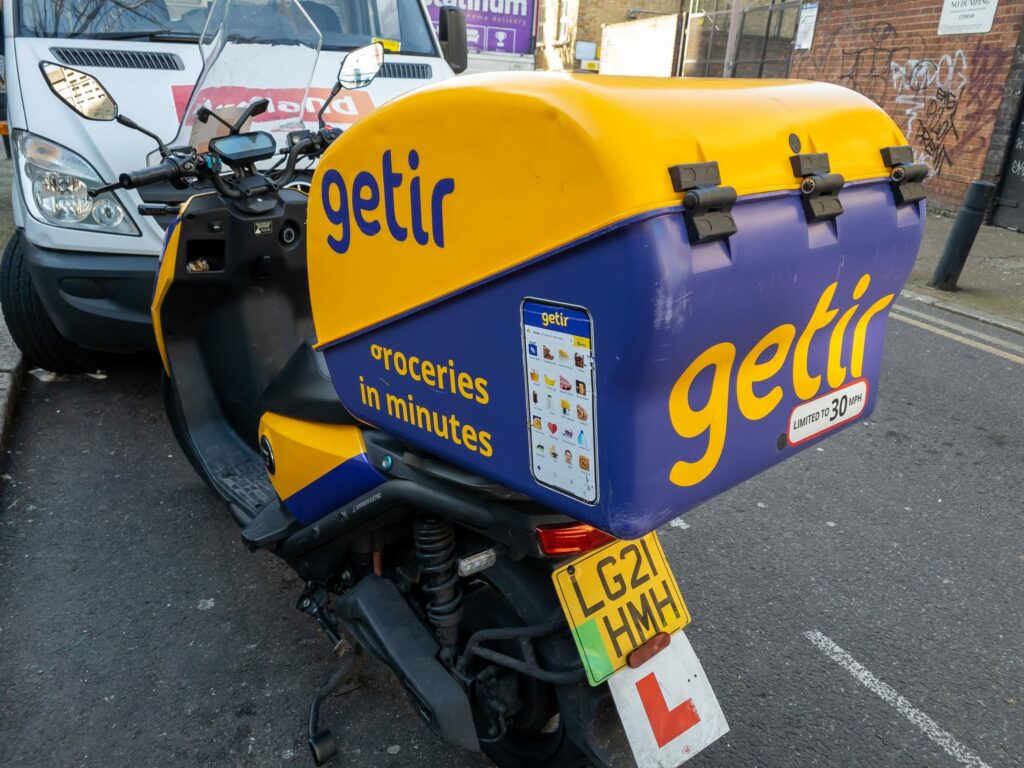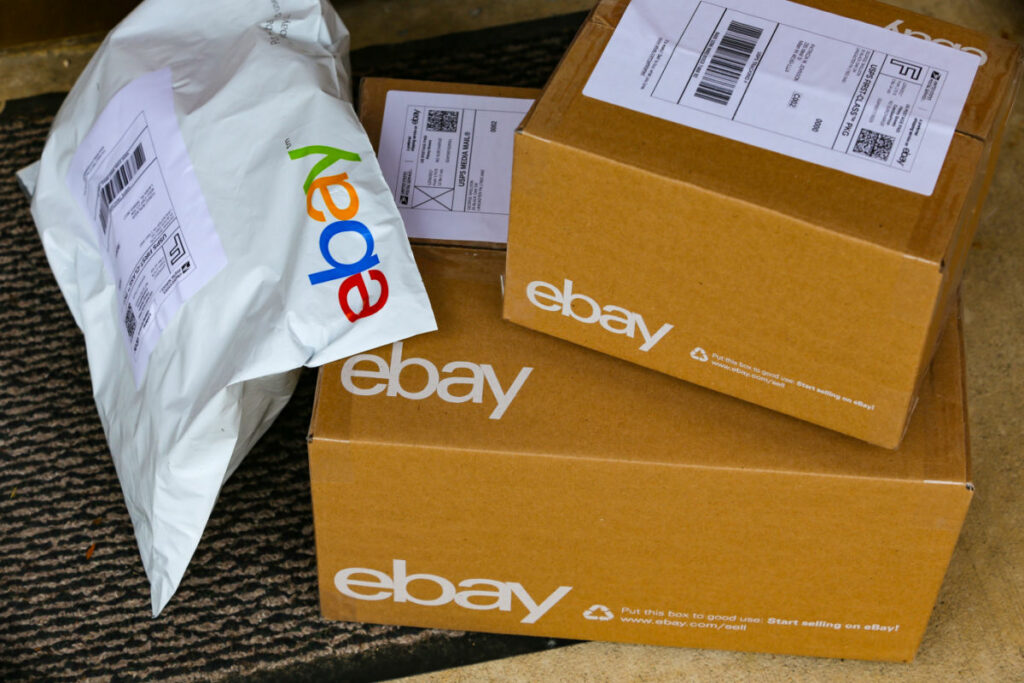Optimised-retailing is the latest industry buzzword but how can traders actually achieve the right balance of process, technology and enhanced customer experience? Regular Retail Gazette commentator Scott Storey reveals his top tips for achieving a truly optimised retail experience in an increasingly customer-centric marketplace.
1. Start at the end
Any retailer looking to enhance their offering needs to start the process by looking first at the customer experience. Everything you ever do will be to achieve a certain experience when your customers buy from you. Work out what you want to happen at the end and take steps to ensure your processes, technology choices and marketing campaigns are all determined by the ultimate experience you want to deliver to your customers.
2. Don‘t compromise on quality
Costs are always prohibitive but that doesn‘t mean you have to settle for a reduced customer experience. There are many independent companies out there that will work with you to find exactly the right solutions that deliver what you need whilst offering value for money. CTS Retail offer independent advice on software solutions and EPOS Partners can work with you on finding the best hardware solutions, so it‘s worth having a conversation with companies like these even if you already have an idea of the model you want. It may be that there is better version available or a different spec that will enhance your offering for the same price or less!
3. Embrace new technology
The face of modern retailing is constantly evolving and technology is continuing to play a crucial part in the retail experience. Whether you are an early adopter or prefer to sit by the wayside and observe, be sure to keep a constant eye on developments which could impact the way you deliver your offering to your customers.
From contactless payments to mobile apps, the future is inevitable, so make sure you don‘t get left behind because you didn‘t move quick enough. Retailers need to keep an eye on what advances their competitors are introducing to ensure that they don‘t lose their customers to someone who is easier to do business with.
4. Don‘t be afraid of the multi-channel approach
There has been some concern over whether adopting a multi-channel approach could cannibalise your existing customer base and simply spread the load more thinly rather than generate more sales. I think this is an outdated opinion and the move to multi-channel is an absolute must for any retailer who wants to be part of the game in the next 2-3 years. Customers are increasingly demanding the ability to shop via mobile, internet and in-store and in many cases use multiple touch points as part of their buying process. It‘s no longer about which channel to focus on, but how to integrate them all into one, seamless, effective sales process.
5. Integrate your reporting from multiple channels
Management Information has become even more important as multi-channel retailing evolves and what is clear is that there are still many retailers who have different systems running their various channels. This means that reporting becomes difficult when you aren‘t able to see how your online store is delivering alongside your bricks and mortar store, or which customers are your most loyal etc.
There are many IT systems available now which can integrate sales from multiple stores and channels all into one easy to access reporting system. This will enable you to have up to date information on how the entire retail operation is performing and will help you to see what works best for each channel and adapt strategies accordingly.
6. Involve your customers in your planning
All too often, retailers are so focused on their plans that they lose sight o
RELATED STORIES

















